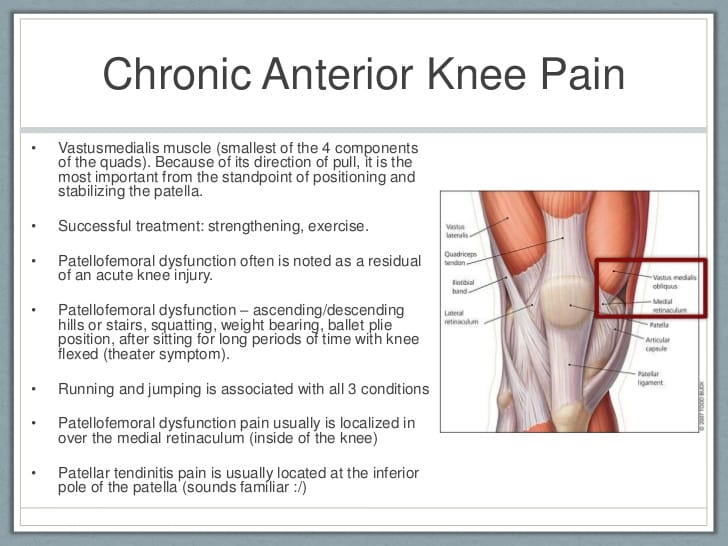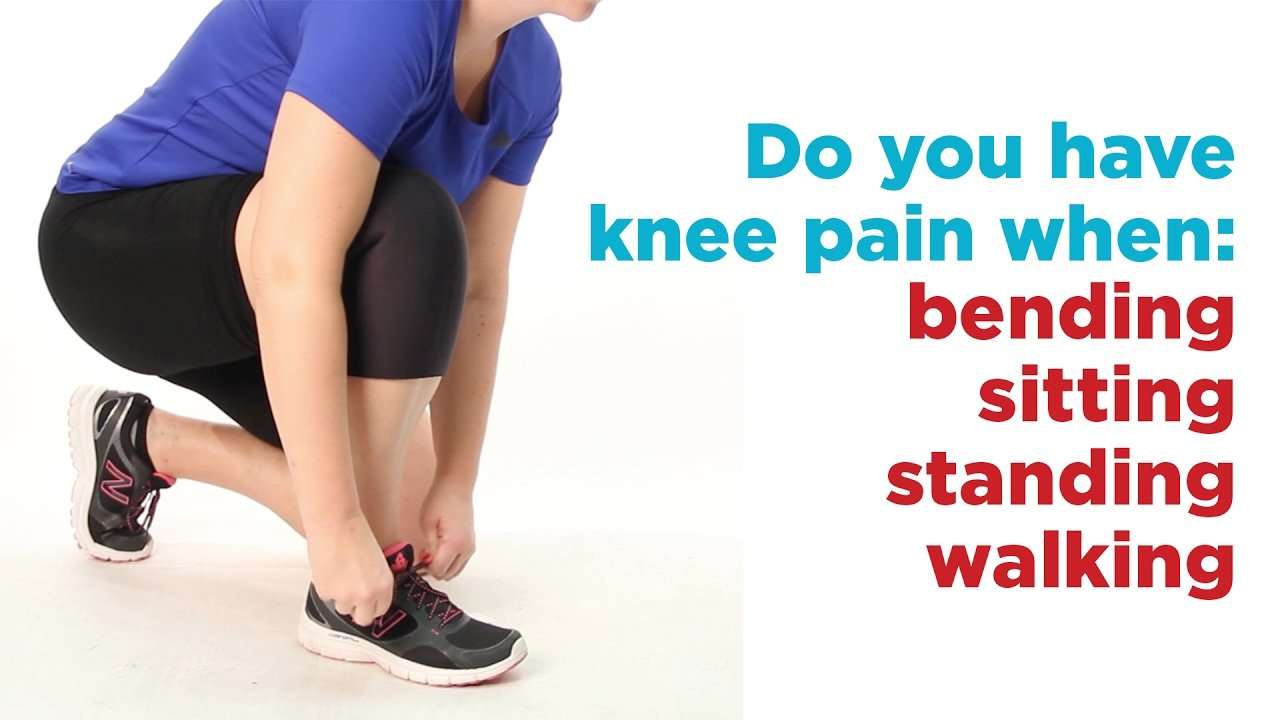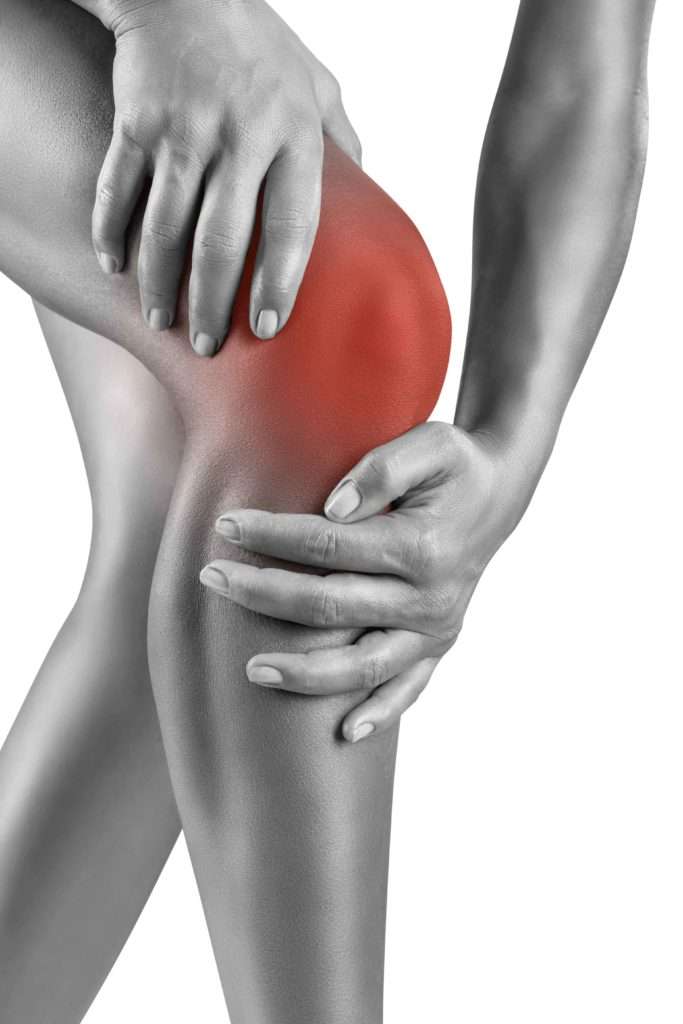How Does The Knee Bend
The knee is a hinge joint, which means its main movement is bending and straightening . As the knee moves, a number of things are happening:
Muscles: They work in pairs with one relaxing and the other contracting to allow the movement e.g. to bend your knee you hamstrings contract and you quads relax
Bones: The femur and tibia have to roll, glide and spin to move smoothly. The patella shifts, tilts and rotates as it glides up and down through a groove on the thigh bone the position and movement of the patella is controlled by the surrounding muscle.
Cartilage: The special shock-absorbing cartilage that lines the knee moves and changes shape slightly to prevent it from getting trapped
Ligaments: These help control the movement and maintain stability by preventing excessive movement of the bones. There are two pairs of ligaments, the cruciate ligaments in the middle of the joint, and the collateral ligaments on either side
These structures all need to work together properly to allow for smooth, pain-free knee bending and straightening. Problems in any of these areas can lead to knee pain when bending. For example, if there is muscle weakness or ligament instability, the bones may move slightly out of position causing them to catch or grind on other structures in the knee.
Related Articles
Heres What It Could Mean If You Have A Stiff Knee After Sitting
Knee stiffness occurring after sitting, lying down or even standing for varying lengths of time can have a number of causes, including:
If you are diagnosed with one of these or another issue as the cause of your stiff knee after sitting, its important to take an active role in your treatment and recovery. One of the most effective methods of care for knee issues is working with a physical therapist.
The Solution: Incorporate Movement
Fortunately, there are steps you can take to relieve the discomfort. And they don’t involve quitting your job or putting enjoyable activities on hold. Rather, they begin with being aware of your activity level in various situations.
If you plan to be seated for long periods, get up and stretch periodically. The Harvard researchers suggest moving every 30-60 minutes. Doing so, even for short periods of time, can make a significant difference to your kneesand to your overall health.
So continue to work hard at your job. Maybe, though, you could take a walk to see a colleague instead of sending an email.
Enjoy that meal or movie, but stand and stretch once or twice even for just a few seconds.
Finally, plan that trip, but also plan rest stops or little side adventures along the way.
You May Like: What Do You Do For Water On The Knee
Seated Figure 4 Piriformis Stretch
- Sit upright in a chair with both feet on the ground.
- Bring the ankle of one leg up onto the knee of your opposite leg.
- Apply a gentle pressure with one hand on the top of your bent knee
- Lean forward until you feel a stretch in your buttocks.
- Keep your shoulders relaxed and back straight during the exerciseo
Why Is My Knee Pain Not Improving With Rest

I put the knee cap in a stubborn injury category, this I think is because of two things, firstly, if we are honest with ourselves the symptoms may have been there for a long while but not enough to stop us so that by the time it comes to getting help the problem is really ingrained. Secondly, because the knees are always being used its very hard to give it the relative rest. Finally, building the strength often needs to work in positions that can cause pain so its sometimes hard to progress.
Also Check: My Knees Crack When I Squat
Have You Ever Found Yourself Wondering Why Do My Knees Hurt When I Stand Up
Having knee pain when standing up from a sitting position is a common problem, especially if you’ve been sitting for a long time or if you’re standing up from sitting on a low couch or chair.
Learning how to move properly is a huge step forward in being able to stand up from a sitting position without knee pain.
Why Are My Hips Stiff After Sitting
Stiffness in your hips after sitting aren’t simply a reflection of getting old. Often, this stiffness is simply a reflection of your hips and legs being in the same posture for an extended period of time.
“When you sit with your knees bent, your hamstrings are in a relaxed, shortened position, and your hip flexors are at the maximum shortened length,” said Kirsten Zambon, DPT, CLT-LANA, a physical therapist at Franciscan Health Lafayette East. “Hip pain from sitting can be from poor posture, but if you’re sitting 40 to 50 hours week over 5, 6 months or longer, you probably have decreased strength in your hips. When you do get up from your desk, your glutes, core and hip extensors will be weaker, and you dont feel as strong.”
Don’t Miss: Inversion Table Knee Pain
Use These Tips To Help You Stand Up From A Sitting Position Without Knee Pain
Scoot to the front edge of the chair.
Bend your knees to get your feet underneath of you.
Lean forward to bring your center of gravity over your feet. Your bottom should almost naturally starts to rise up as your head goes forward.
Straighten your knees and allow your pelvis to roll under you pushing your hips forward. This allows you to stand from a sitting position using the strong muscles in your hips rather than your quadriceps muscles in your thighs. Using too much force from the “quads” can cause compression of your kneecap on your thigh bone, causing pain on the front of the knee standing from a sitting position.
Make sure not to let your knees buckle inwards. Keep your knees aligned over your toes, or even slightly turned out if needed. Sometimes I even tell clients to put their elbows between their knees as a reminder. This helps you prevent pain on the inside of the knee or outside of the knee when standing from a sitting position.
I hope you find the tips to be useful! If you try these things and still have knee pain when standing from a sitting position, or text us, at 314-941-3970 and we can further discuss your specific problem, and help you discover how we can help you relieve your knee pain!
Why Does My Knee Hurt When Bending
Knees take a beating all the time, but even more so when they bend. In fact, knees take a force of up to 4 times your body weight every time you move.
The knee is the largest and most complex joint in the human body. With many components such as bones, tendons, ligaments, muscles, bursae, and other soft tissues, it is very vulnerable to a variety of injuries. According to the American Academy of Orthopedic Surgeons, there were about 10.4 million doctor visits in 2010 alone for common knee injuries , so its no surprise that Americans are experiencing knee pain – especially when bending.
Don’t Miss: Pop Your Knee
What Causes The Pain
Knee pain can be caused by a variety of issues, from injury to tendonitis to bursitis . But the primary cause of knee pain, according to Dr. Stearns, is usually a form of arthritis.
People with normal, healthy knees usually dont get pain at night, he says. Theres typically a reason, and its often because they have arthritis, commonly osteoarthritis.
Osteoarthritis is mechanical in nature, caused by wear-and-tear on the joints as well as the cartilage and tendons associated with the joints. This sets the condition apart from rheumatoid arthritis which is inflammation of the joints, typically caused by an overactive immune system.
While osteoarthritis is typically seen in older patients, it can occur in younger patients, too, particularly those who are prone to overuse of certain joints or suffered significant injuries like ligament tears.
Standing Hamstring Stretch On Chair
- Begin in a standing upright position with a chair or step in front of your body.
- Lift one leg to rest your heel on the chair with a very slight bend in your knee.
- Bend at your hips, leaning your trunk forward until you feel a stretch in the back of your upper leg
- Keep your back straight during the stretch.
Also Check: How To Reduce Swelling After Total Knee Replacement
The History Behind Seiza
Seiza is a traditional sitting position widely used in Japanese culture. Its considered proper etiquette during cultural activities, such as flower arrangement and Judo, a type of martial art. Seiza is also used in daily activities like eating.
In seiza, your knees are bent and your legs are folded underneath your body. The tops of your feet are on the floor. Customarily, men place their knees slightly apart and women place their knees together.
Arrow Physical Therapy & Rehabilitation Can Help You Find Relief From A Stiff Knee After Sitting

Are you ready to find effective treatment for your knee stiffness? Our team at Arrow Physical Therapy & Rehabilitation can help you. We offer comprehensive and free screenings to help you learn the source of your symptoms, and our team can build a personalized therapy plan to target this source. Our plans are built using multiple beneficial therapy techniques, and some of the techniques we may include in your plan are:
Read Also: Dcf Knee Compression Sleeve
Knee Pain From Sitting Position
Sitting in a wrong or awkward position, such as with your legs crossed or bent underneath you, can put pressure on your kneecaps and result in discomfort.
If you know youre going to be sitting for extended periods, learn about and adopt ergonomic positions that wont put undue pressure on your knees.
The discomfort you feel in your knees when sitting could indicate underlying causes, such as arthritis or patellofemoral pain .
There Is No Easy Surgical Solution For Anterior Knee Pain
The mere fact that there are likely to be ten or more described surgical techniques to try and treat pain in the front of your knee should give you pause. That usually means that none have been very successful, so we keep trying new ones. Surgery for anterior knee pain has not been proven to be more effective than a proper exercise program.
Drilling:
Some procedures have drilled holes into the patella, thinking that excess pressure may have been the cause of pain. Did it work for some people? Maybe but with that pesky placebo thing, we always hear about, we dont know because this procedure was never tested against control or sham. Besides having holes drilled through your patella might cause it to break if you fall on it or if you are hit in front of your knee.
Burning:
One prolific Spanish author wrote about burning the tissues around the patella. We call that a denervation procedure. Thats because when you heat the tissues, you will fry the nerves to that region. The thought behind this procedure was that the patella is fed by nerves that could easily be burned using an arthroscopic approach. This procedure was also never evaluated against a control group or a sham group- so we just dont know if it works.
Cutting:
Moving:
Also Check: Dcf Compression Knee Sleeve
How To Avoid Leg Pain While Driving
The great news is that, there are a number of simple and low-cost options on how to prevent leg pain while driving. Calf pain after driving and hamstring pain while driving can be alleviated with simple items such as wedge cushions and mesh back support systems, which you can purchase online and put on your vehicle seats. These will relieve leg discomfort by providing additional support to your lower back and hips, preventing the delicate and finicky nerves from being pinched and above all, answering the question of how to get rid of leg pain?
Common Symptoms Of Calf Pain While Driving
Numbness, tingling, or your foot falling asleep are the most prevalent symptoms of calf pain when driving. It is also associated with aches and stiffness. Knee stiffness and discomfort are the worst, especially if they persist despite stretching and moving around. It can seem like there’s a balloon in there, steadily growing and creating a lot of pain.
Don’t Miss: Stiff Painful Knees After Sitting
Knee Stiffness After Sitting Caused By Osteoarthritis Of The Knee:
There are some people who can experience knees stiffness even after sitting for a couple of minutes. And then there are some people who have knees stiffness after sitting for prolonged periods of time. This should not be taken lightly, as this can be a sign of osteoarthritis.2 In the initial stages, the knee stiffness will subside in a couple of minutes and the person will be able to go about his/her daily activities without any further stiffness or pain. However, as the damage to the knee joint increases, the knee stiffness also worsens and needs medical attention.
Osteoarthritis of the knee joint is characterized by damage to the cartilage which covers the bones. This leads to rubbing of the bones of knees against each other upon movement resulting in pain. As the Knee Osteoarthritis worsens, patient starts to experience knee stiffness after sitting, pain in the knees with walking and limited knee movements. Osteoarthritis of the knee gradually progresses and it takes some years for the cartilage of the knee joint to get damaged. Elderly people are commonly diagnosed with Knee Osteoarthritis.
Knee Pain When Sitting
There are many different causes of knee pain. You can get pain in the knee following an injury or you can get the gradual onset of knee pain with no direct reason behind it. In order to best treat knee pain, you need to know why it is occurring. If you can treat the cause of the knee pain, you can better get a handle on its treatment. Here, knee pain while sitting, which can affect some people, will be discussed in detail.
Read Also: Scar Tissue Removal Knee Surgery
Arthritis In Your Knee
Arthritis can happen in any joint in your body, but it’s especially common in your knee. It can make it hard to do things like walk or climb stairs.
Osteoarthritis is one of the most common kinds of arthritis. It’s the “wear and tear” kind that usually affects people over 50. OA happens slowly, and it hurts more over time. The cartilage wears away in your joint, and, just like with runner’s knee, bone rubs on bone and causes pain.
If you have OA, your knee may feel stiff and swollen and you may have trouble bending and straightening it. It’s often worse in the morning or during rainy weather. Your knee may buckle or feel weak.
What To Do If Sitting Cross

As long as you don’t have pain, continuing cross-legged for extended stretches of time won’t harm your knees if you do it occasionally.
But even if you have healthy knees, you might feel a tad of temporary tightness in your legs after lounging cross-legged for a while. When that happens, Duvall suggests doing the following sequence of mellow movements before standing to help soothe the stiffness in your knees and loosen up your limbs.
Tip
Don’t Miss: How To Reduce Swelling After Total Knee Replacement
Why Do You Have Hip Pain When Sitting
hip pain is not normal
The good thing about hip pain is that it will not go unnoticed. The hip joint allows us to move around, sit, get up or stand, so if there is a problem with cartilage, tendons, ligaments, or bones, it will manifest itself as sharp radiating pain, stiffness in the joint, or referred pain felt in the groin area, down the inner thigh. Interestingly enough, lower back can cause the pain to radiate to the hip.
So what is causing this pain when sitting that goes away after walking? Here are some of the causes:
- Hip impingement syndrome
- A CT scan
How To Treat It?
Nonsurgical treatment for hip pain when sitting will involve changing your routine avoiding activities which cause pain, in combination with physical therapy and medication.
Surgical treatment usually steps in when physical therapy is not enough to relieve pain. In this case, arthroscopic surgery is required, where the surgeon will make small incisions, insert a small camera to try and pinpoint the anomaly and address/remove it.
Keep in mind that it is still unknown whether the surgery can prevent or even delay osteoarthritis, there is still some research to be done concerning this issue.